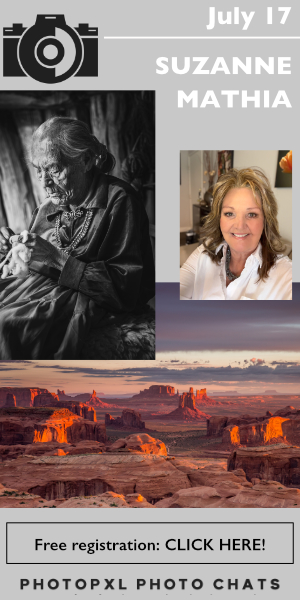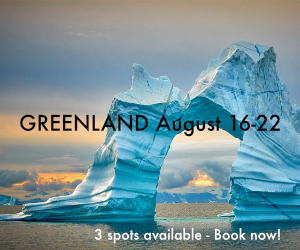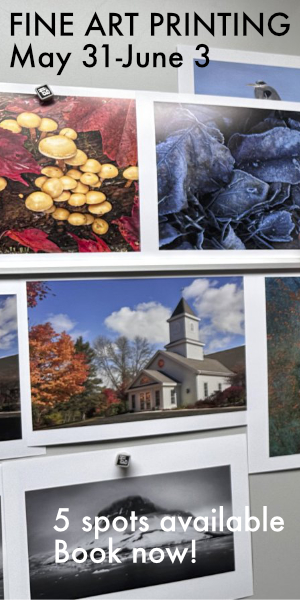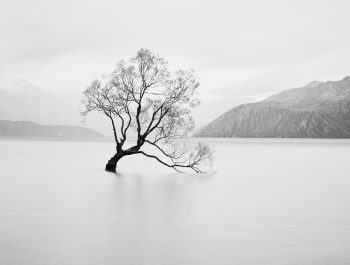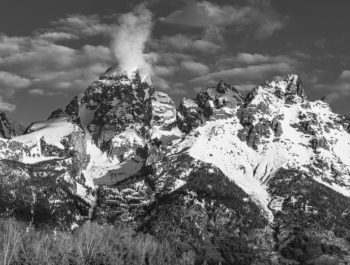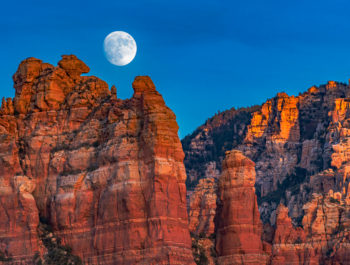How Reflections Add Impact To Landscape Images
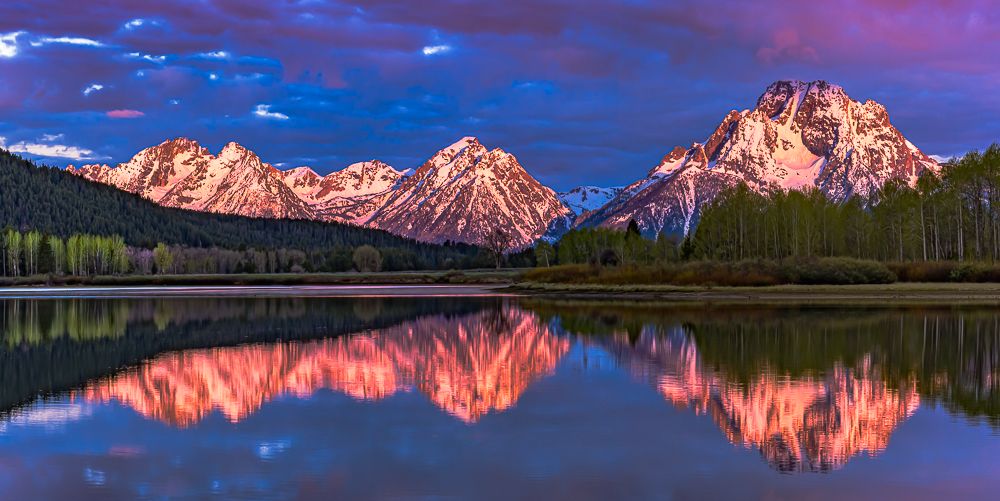
Iconic landscape images containing reflections are numerous. Aside from the fact that water is a frequent element in many landforms, a major reason why reflection images are popular and often striking is that they are dramatic and graphic. Such images also fall into the category of “doubling down on a strong suit”. If a scene is striking, then including reflections of that scene would be all the more appealing.
The above image is a prime example of this approach, and illustrates one of the cherished goals sought by those who love to photograph landscapes. It is a symmetrical double image of a revered landmark. Small reason why out of a dozen images that I submitted, the curator of the Phippen Art Museum in Prescott, AZ chose this, and another equally dramatic scene, to be featured in a recent exhibit celebrating the 100th anniversary of the U.S. National Park Service.
The purpose of this article is to illustrate different effective ways reflections can be used to add impact to a landscape image. Following up on the lead-off image above, the first grouping consists of “mirror Images” in which all or part of the entire scene appears in substantial detail in the reflection.
Mirror Images
The ideal mirror image scene occurs when there is zero wind, and the surface of the water is mirror smooth. The preceding image was a few mph short of that, but is still impactful. The following images are mostly true mirror-like reflections and demonstrate why it is worthwhile to wait for windless conditions to prevail when photographing such a scene. I didn’t have that luxury when I photographed the Oxbow scene, as the timing of the sunrise was the most important factor. The next images were taken when I was able to choose the right timing.
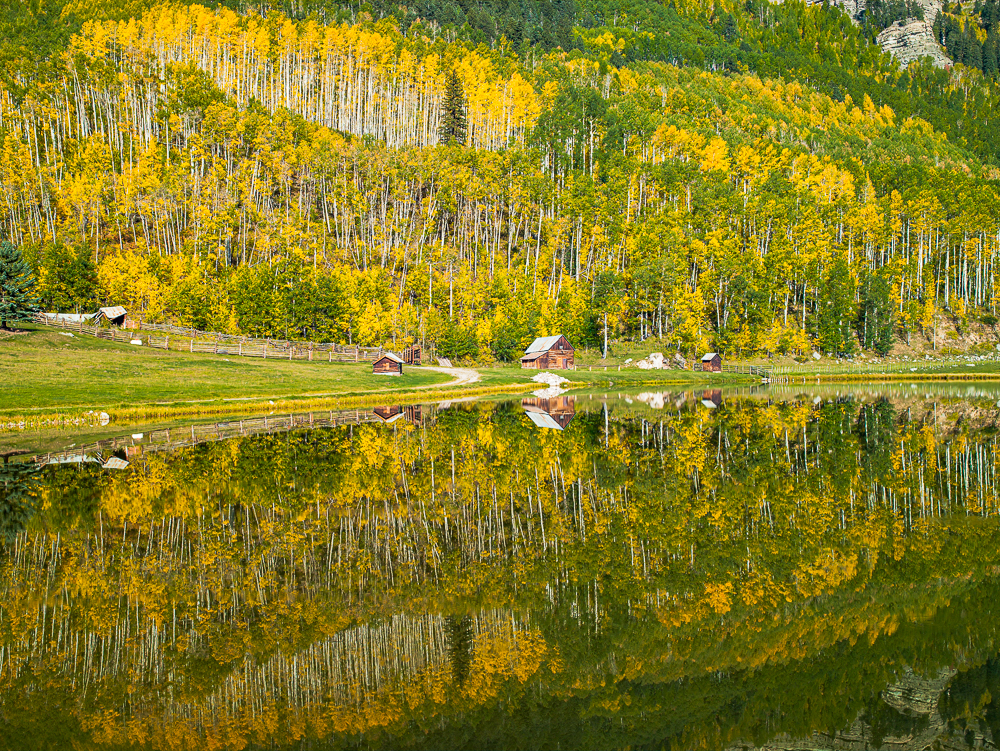
The above image is a true mirror image as there is as much detail in the reflection as there is in the actual scene. I had to wait almost an hour for the wind to stop completely before making the exposure.
The following image was in a sheltered part of the West Fork of Oak Creek in Sedona, and required little waiting.
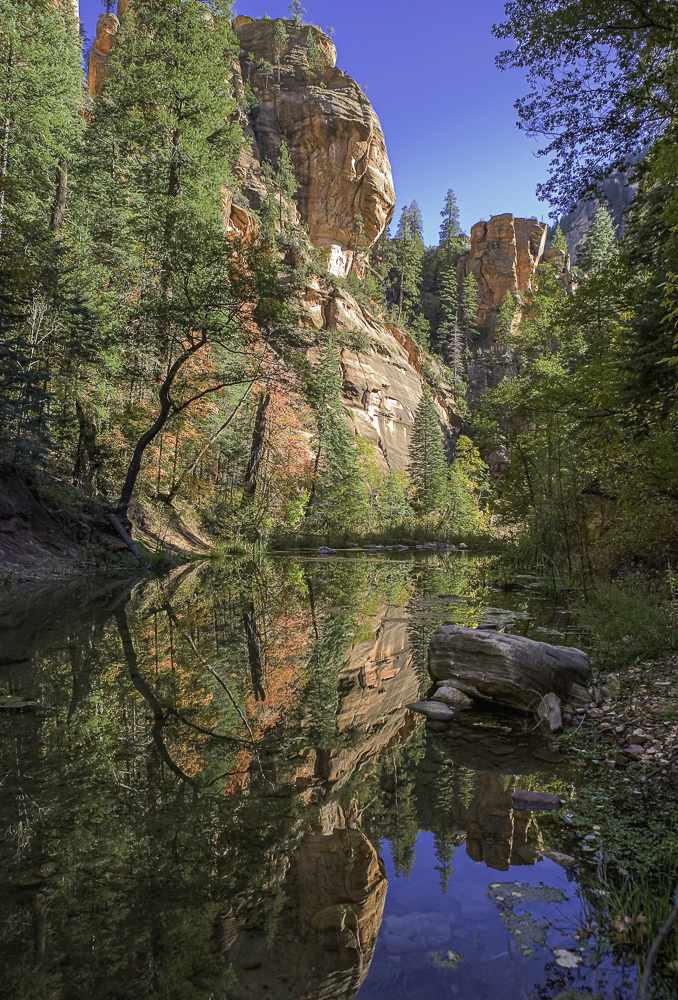
Reflection image opportunities periodically arise after a rain when water pools before completely draining. A puddle in the right place at the right time can create wonderful opportunities, as shown in the next two images.
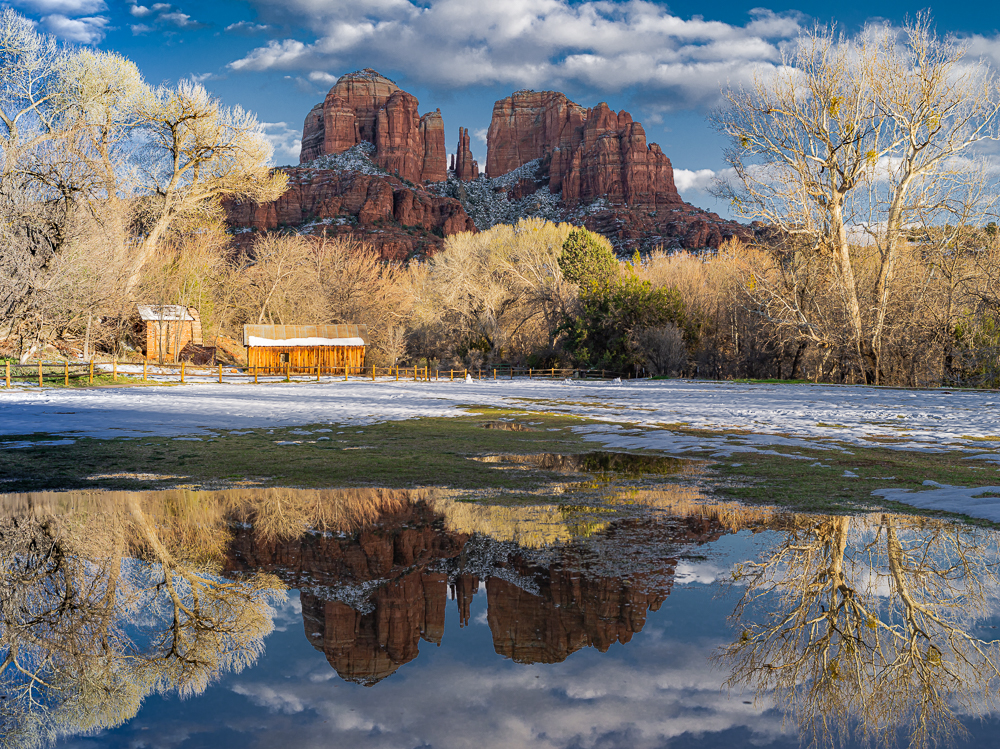
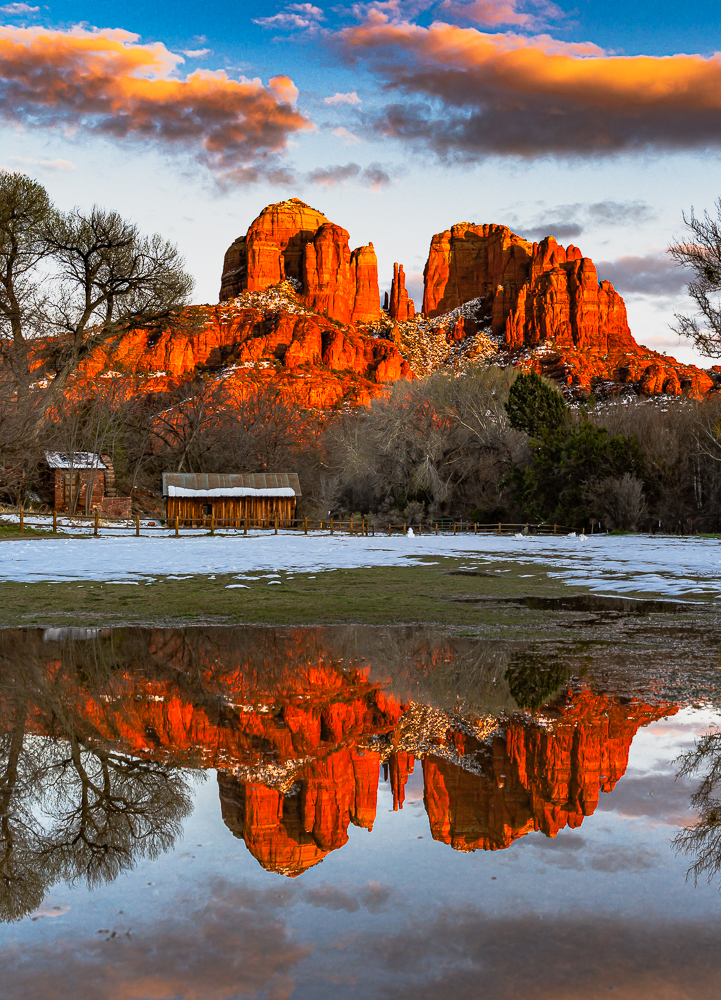
The next image again features Cathedral Rock from Crescent Moon Ranch, but utilizes a quiet pool along Oak Creek for the brilliant reflection.
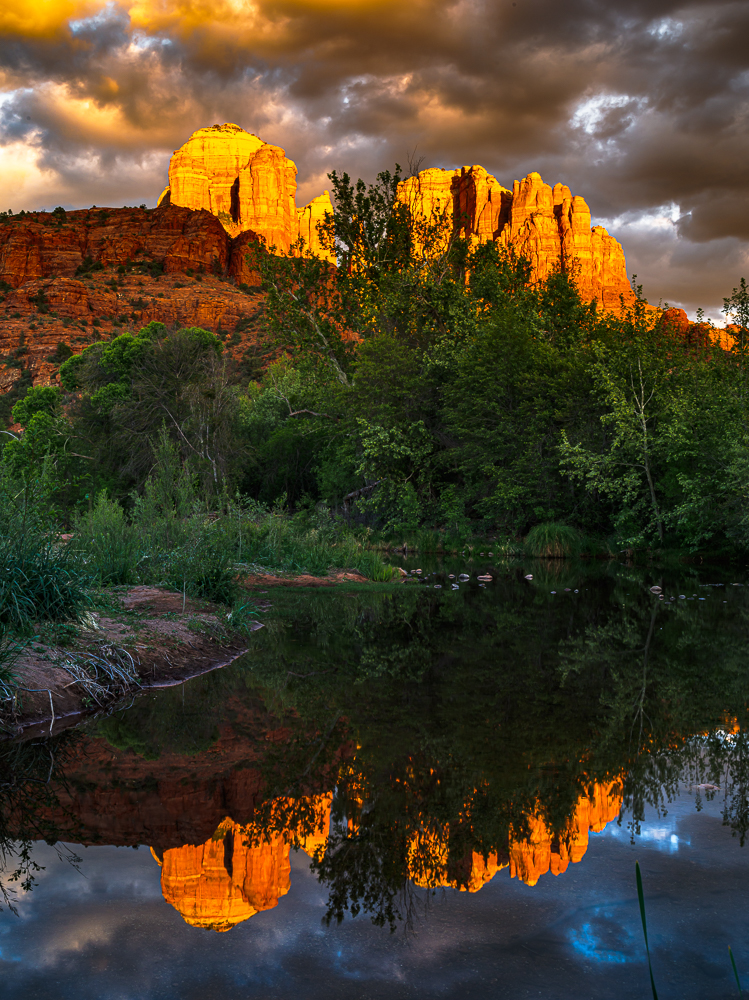
Following are three more images which are further illustrations of full symmetrical mirror images.
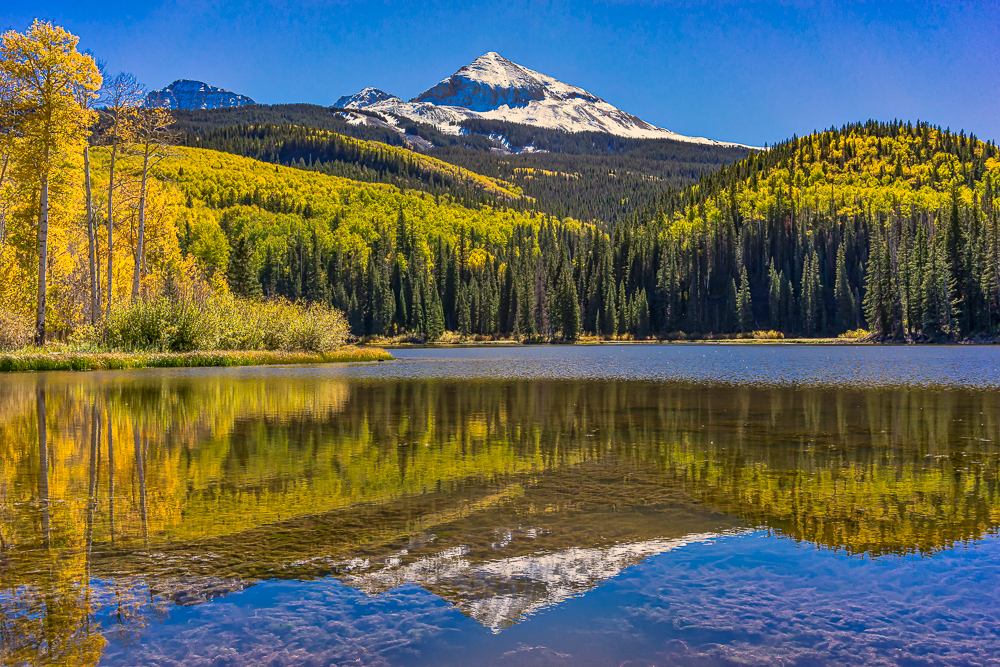
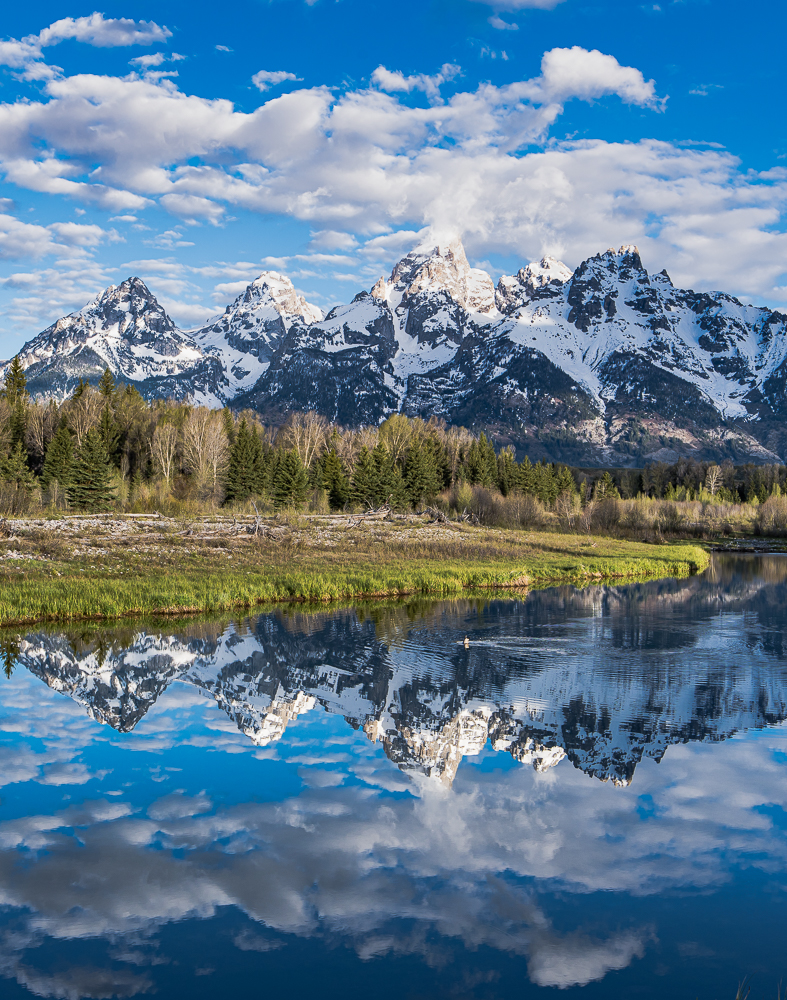

The next four images are the original inspiration for this article, and are the product of my first photo day-trip in 2020 during the present Covid 19 Pandemic. Sedona has a park named “The Wetlands” which was created about nine years ago using reclaimed water. In Autumn, there are a number of colorful trees which I decided to photograph. However, my eyes kept being drawn to the reflections in the water which turned out to be dramatic.
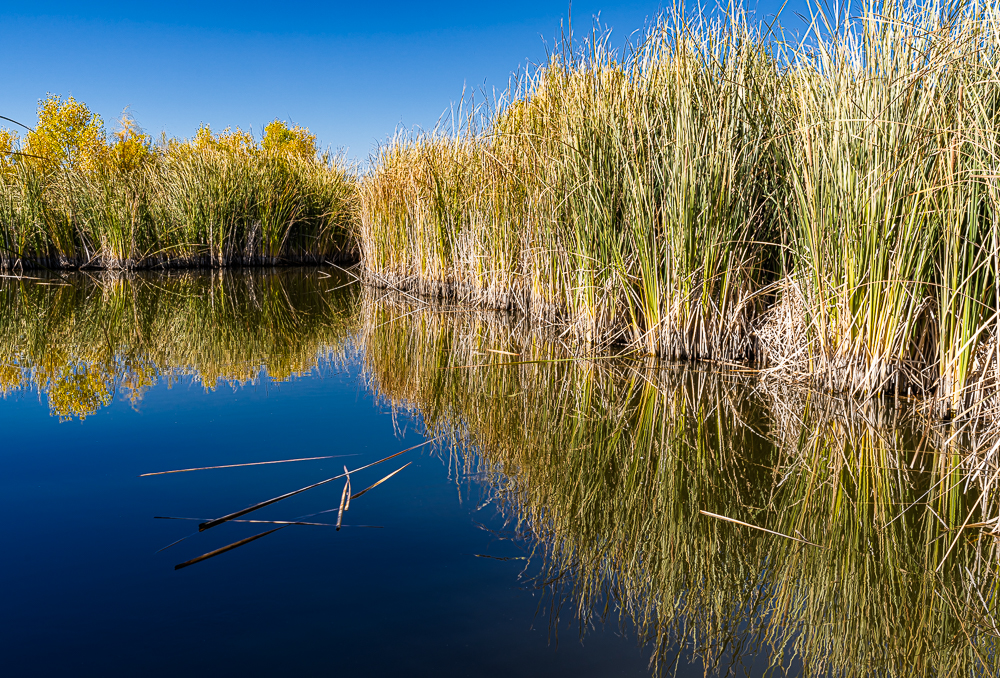
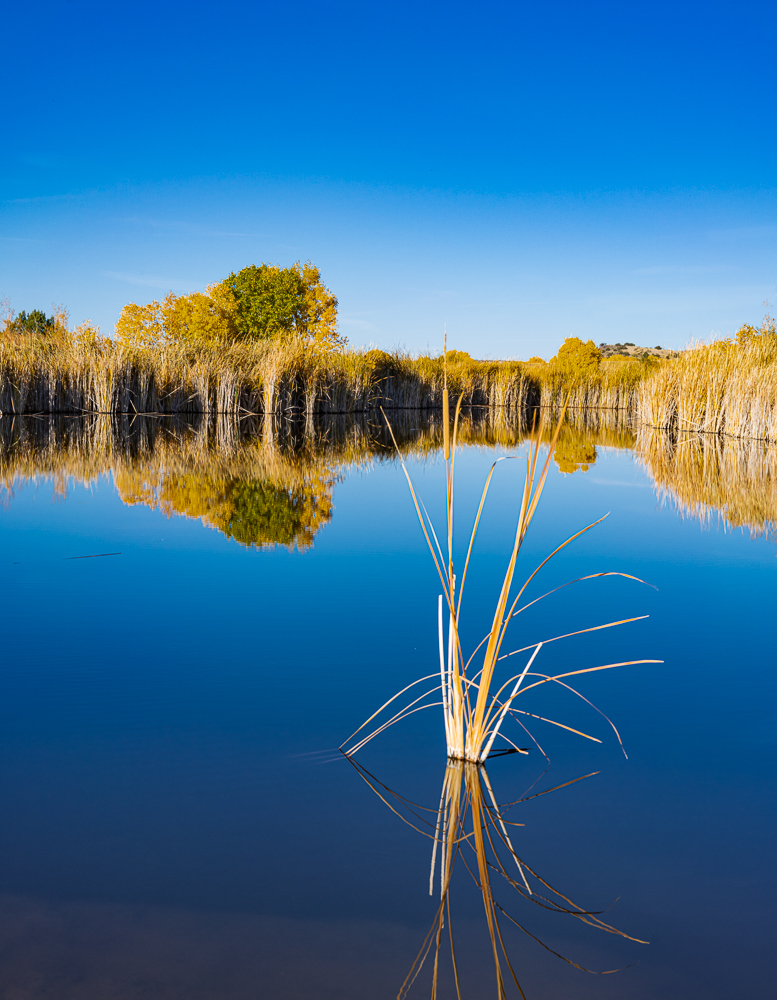

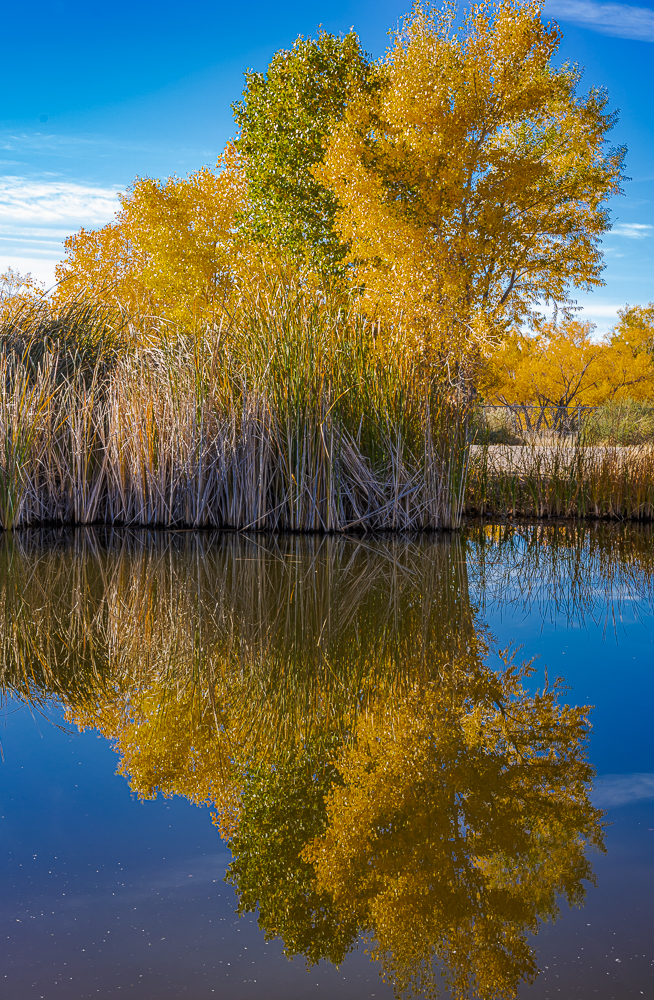
As can be seen, I was blessed with no wind, and these images are mirror-smooth. Though highly detailed, they are also simple compositions that are quite graphic.
However, reflection images do not have to be full mirror images to be successful. The following image shows a reflection of only one small element at the bottom of the picture. But, it is an important and symbolic aspect of this natural scene.
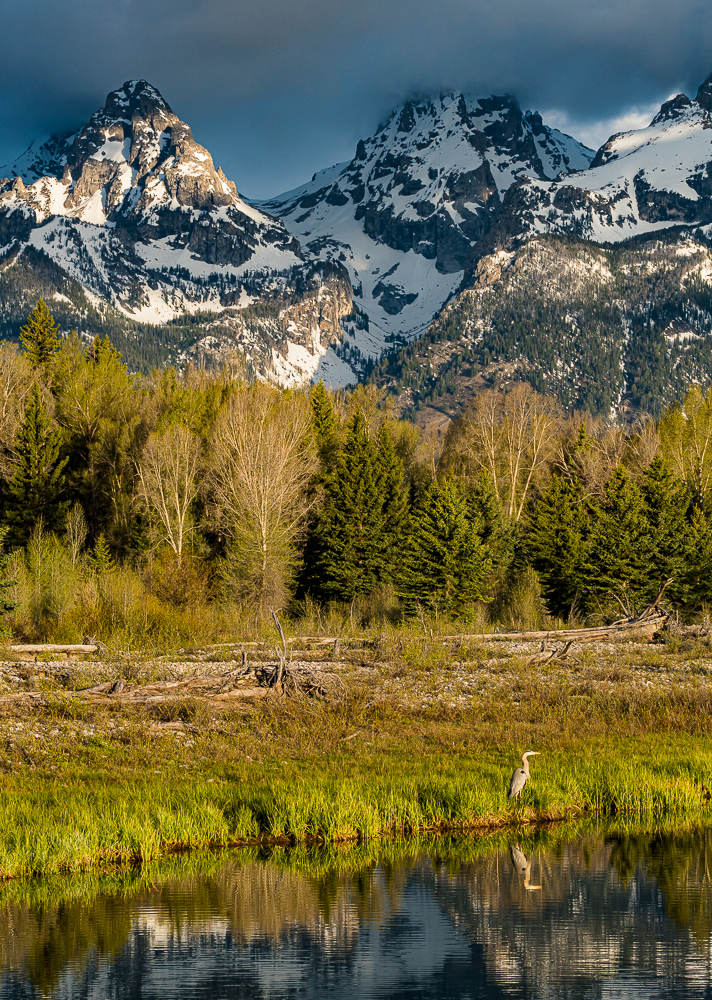
Mirrored images with reflection detail almost equal to the actual scene draw much attention. However, even degraded reflections can lend more interest and eye appeal to a photograph. The next category of reflection images demonstrates how different scenes can benefit from sketchy reflections of the primary subject.
Images with Rough Reflections
With respect to natural landscapes, rough or degraded reflections result from wind caused ripples, debris on the surface of the water, and when the reflecting surface is a watery film on top of sand or some other medium.
Reflections in the following two images were degraded by algae and debris, as Silver Lake is a shallow lake with many water fowl, not to mention moose that frequently wade in the lake and stir up the lake bottom. However, enough of the scene is reflected to reinforce the charm of a riparian environment.
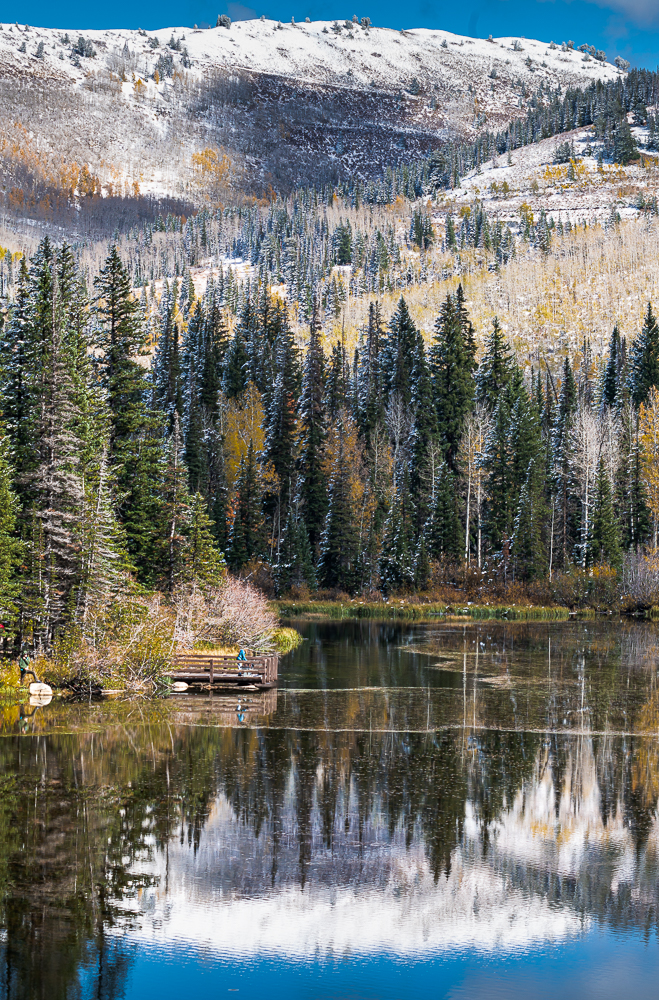
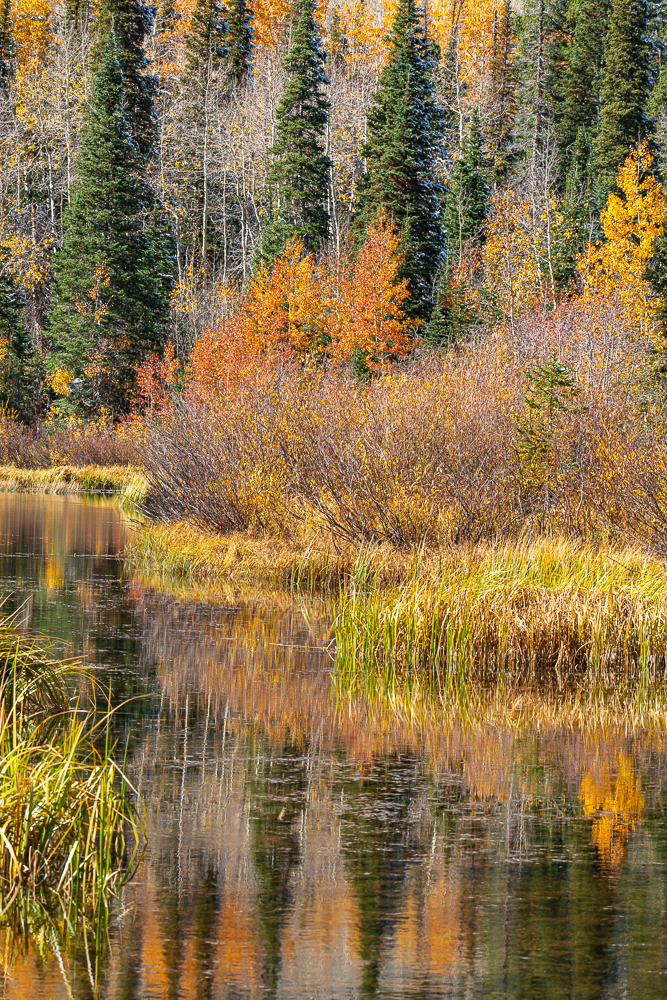
The partial reflections in the next two images are roiled by a breeze. But, there is enough additional shape and color to add more interest to the scene.
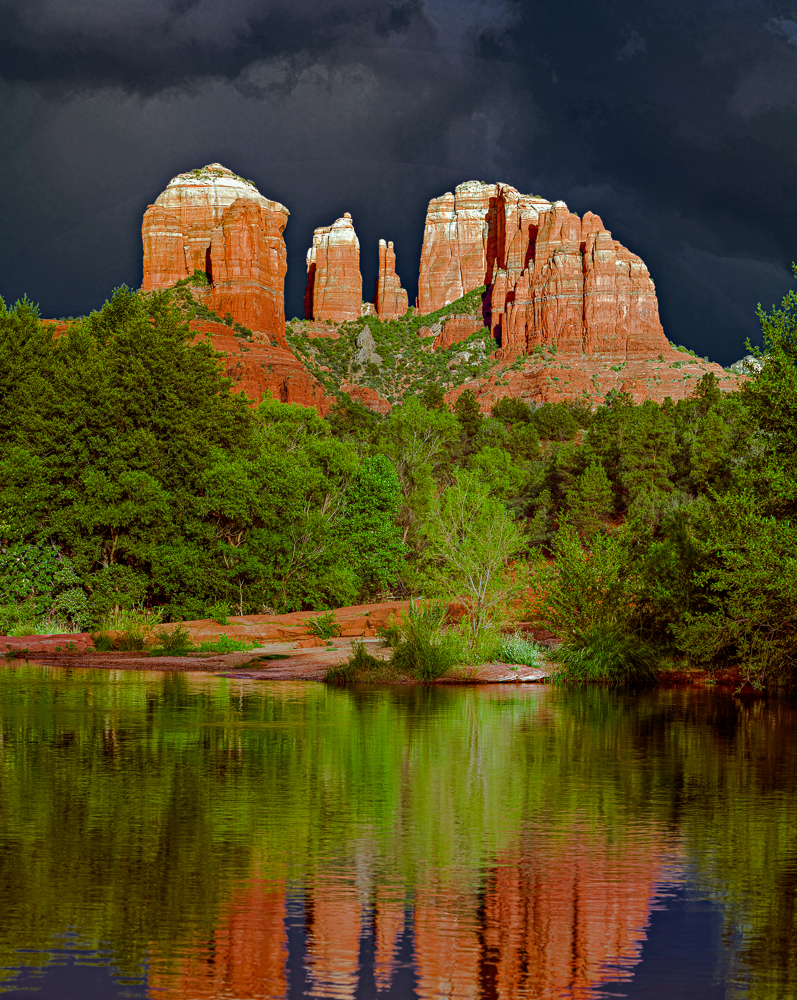
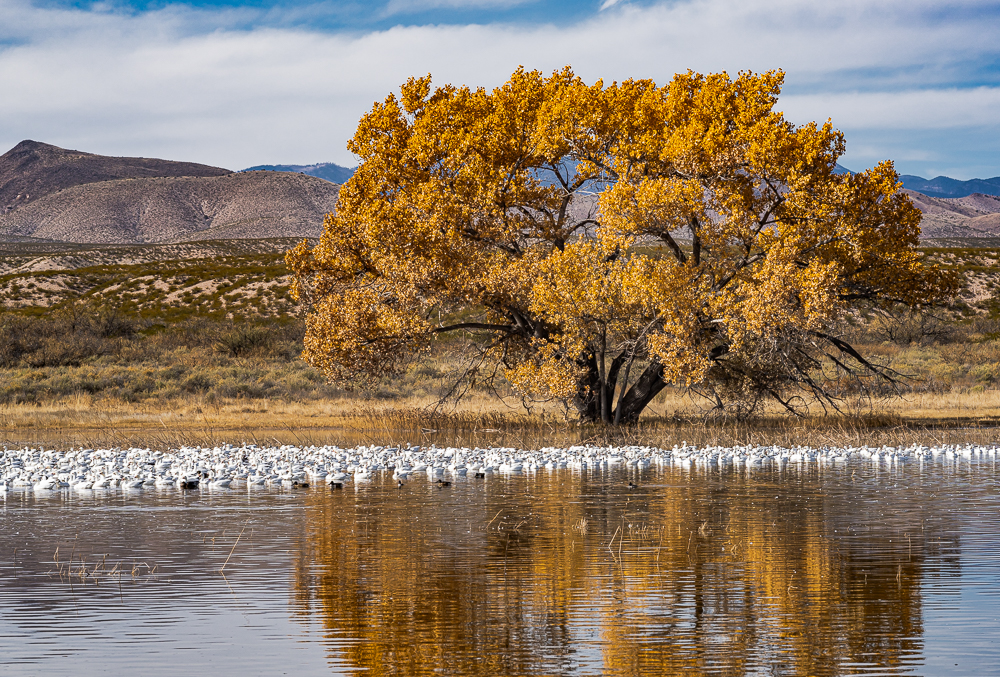
The reflection in the next image is also roughened by the wind. However, it is still an effective extension of the deep sunset filling the sky.
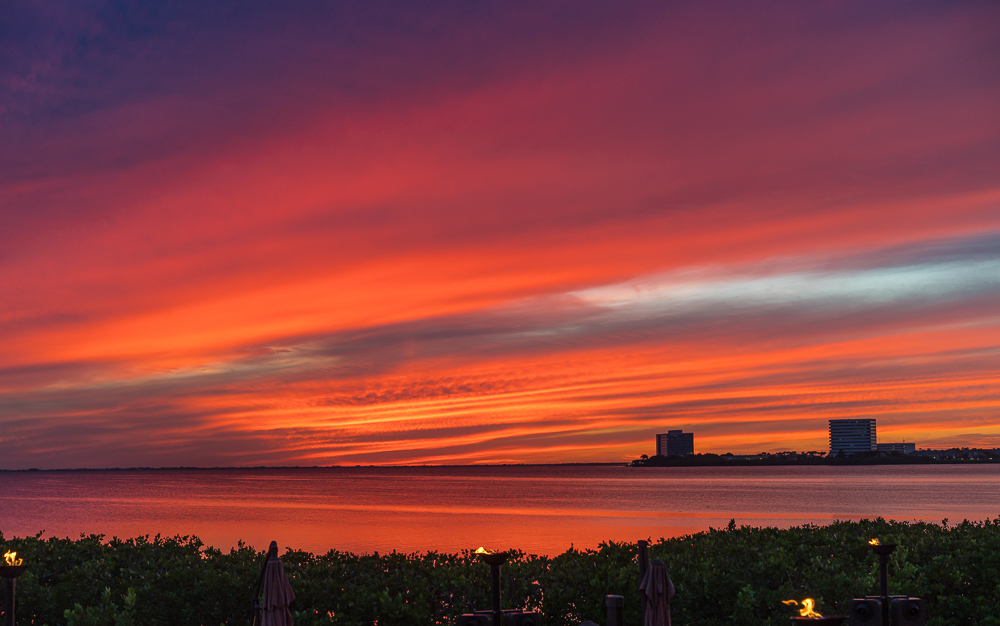
The wind roughened reflection of the brightly colored motel rooms in Capitola (shown below) contributes additional color without adding detail that would conflict with the seagulls floating in the creek.
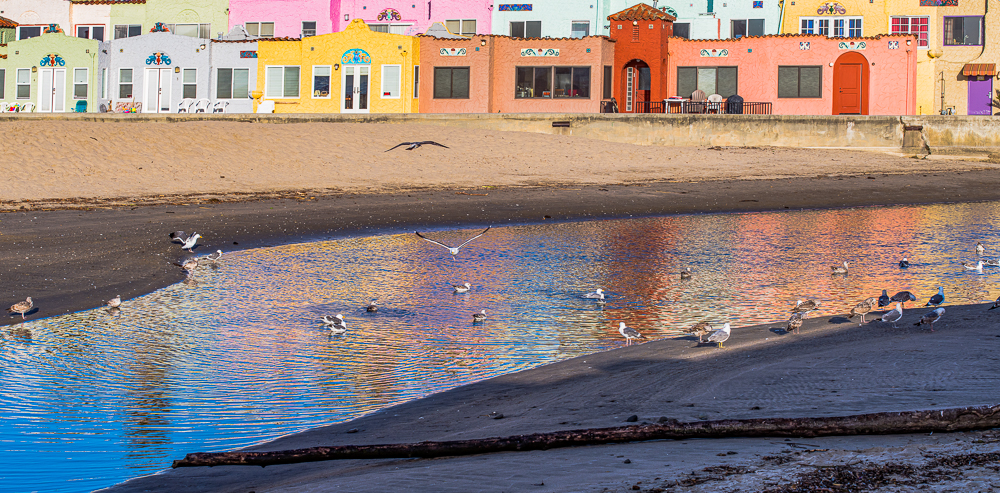
And in the following photograph of Riverwalk, the only reflection needed is the colored blobs and streaks that break up dead space in the river that would otherwise exist.
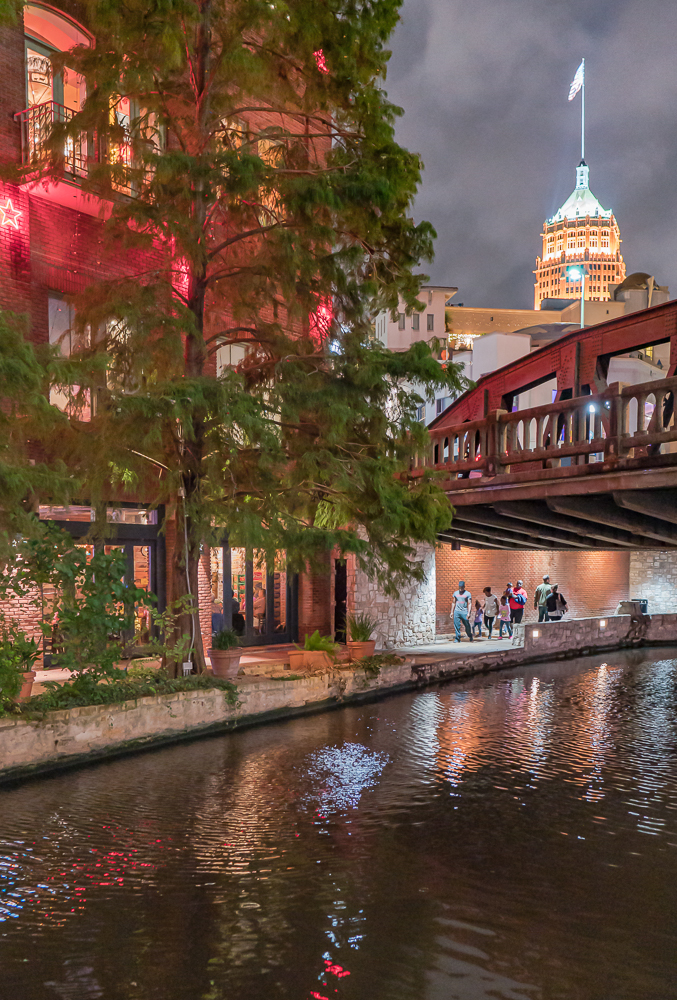
The subjects of the next two images are the well-known sea stacks along the Oregon Coast. In these cases, partial distorted reflections occur in the wet sand. Though minimal, they provide “echoes” of the main subjects to enhance the overall composition.
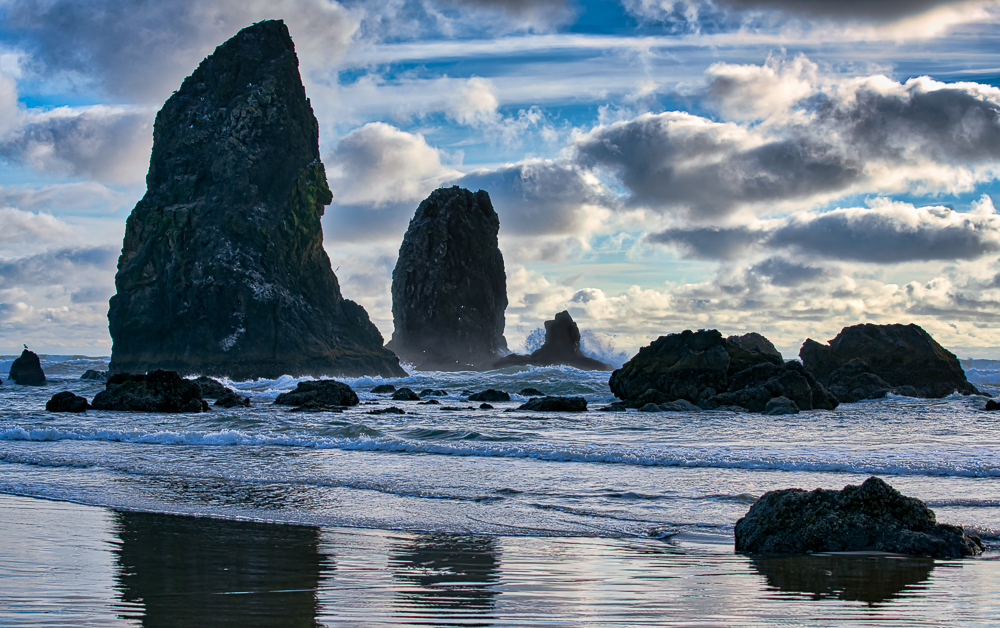
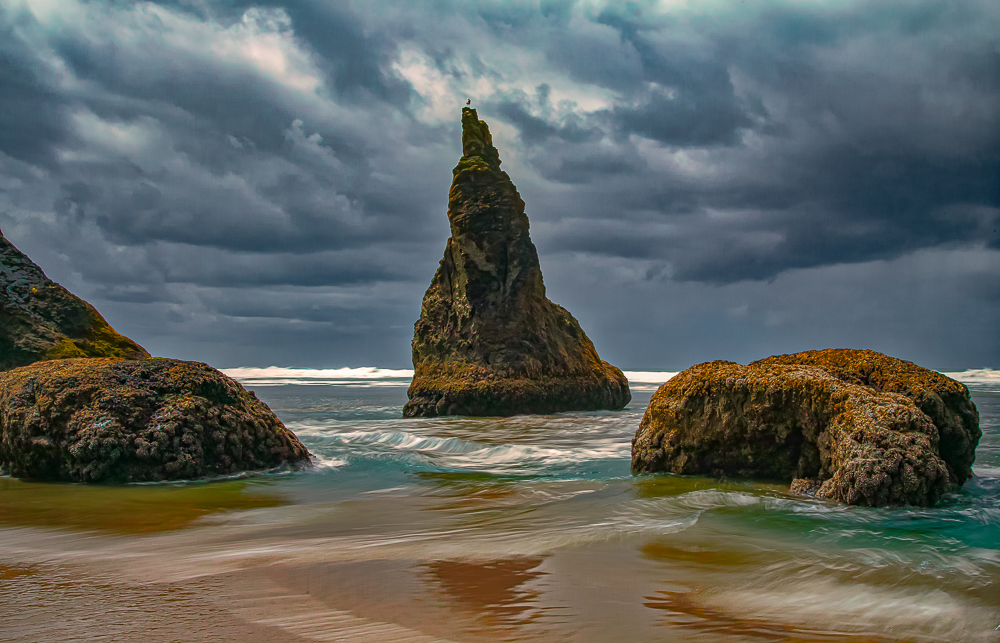
And, in the next image, the bright orange light coming through the portholes in the ship are reflected in the water adding more life to the scene.
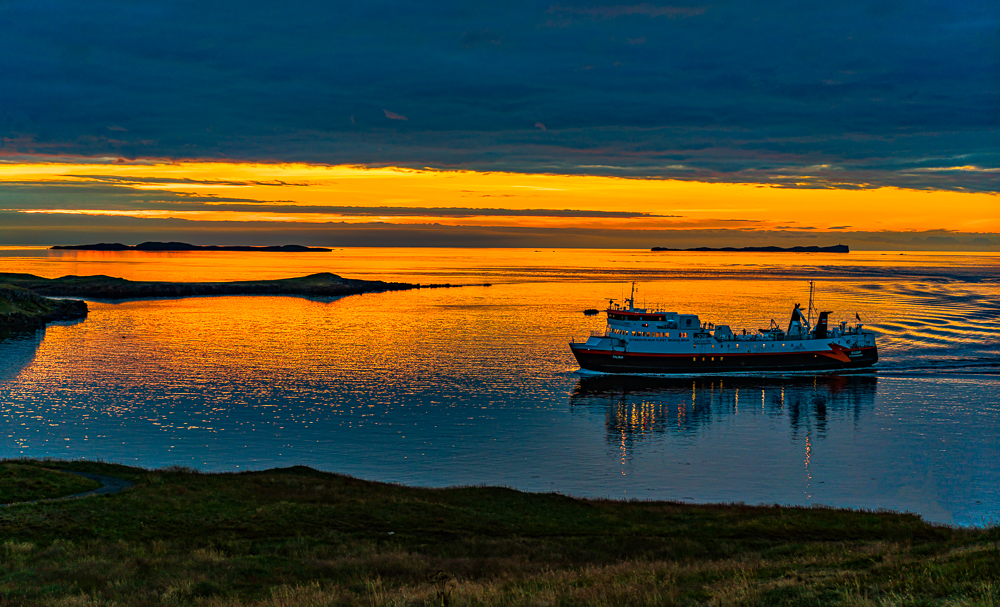
The following two images of a July 4th display at the Dana Point Marina in California show rough blobs of reflected light from the fireworks that nicely balance the images. In both images, the lack of detail in the reflections allows the silhouettes of spectators to stand out clearly.
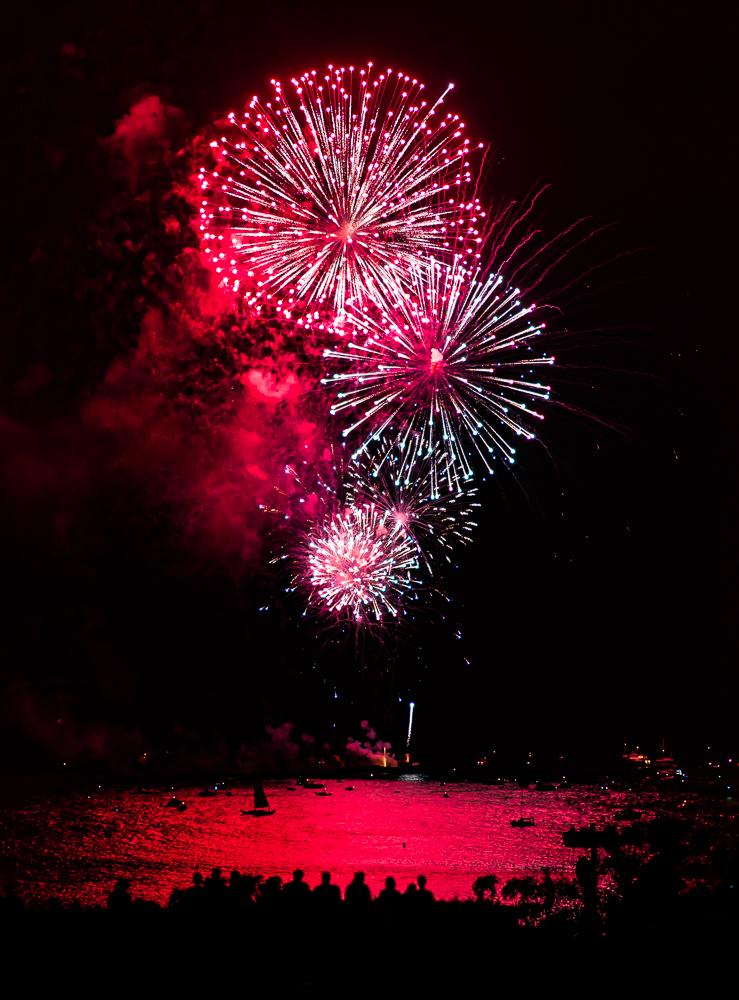
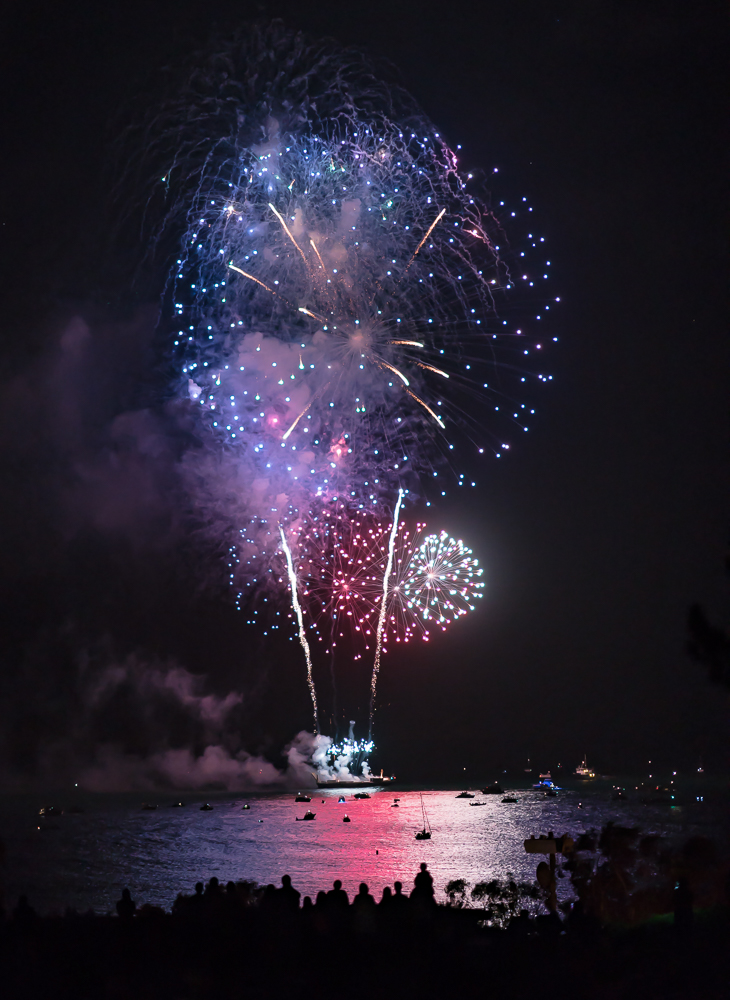
Photographs of Reflections
There are also times when the reflection itself is worth a whole photograph. The next three images are straightforward compositions of reflections, two of puddles alongside Oak Creek reflecting the sunrise hitting the canyon walls, and the third of reflected golden Aspen superimposed over a lake bottom.
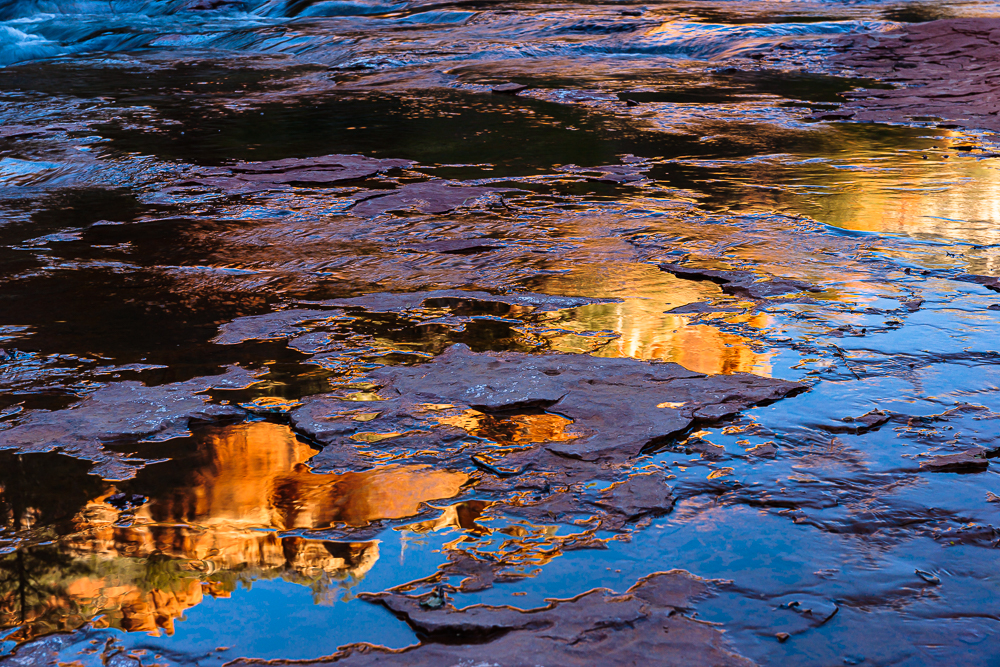
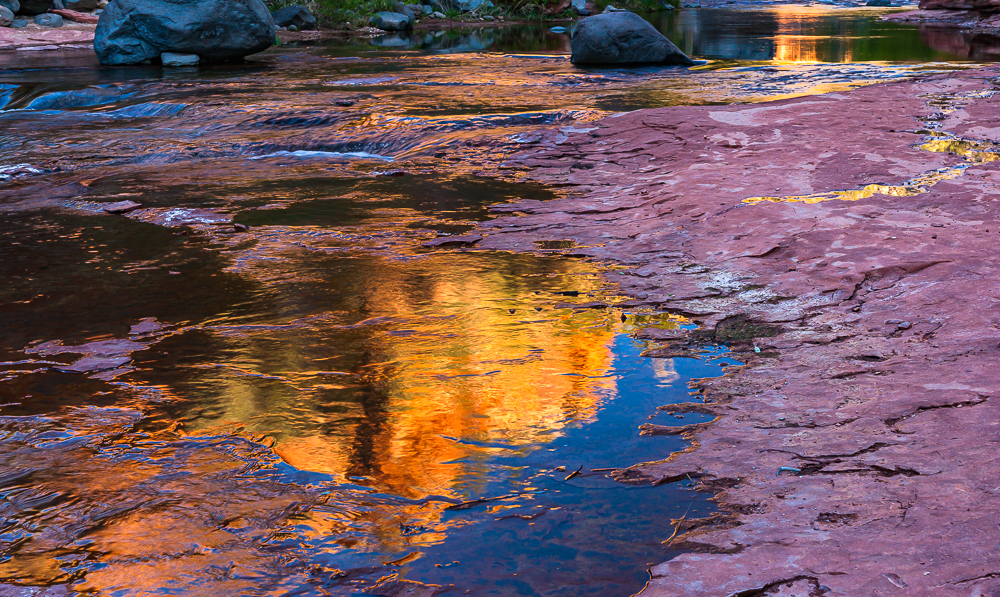
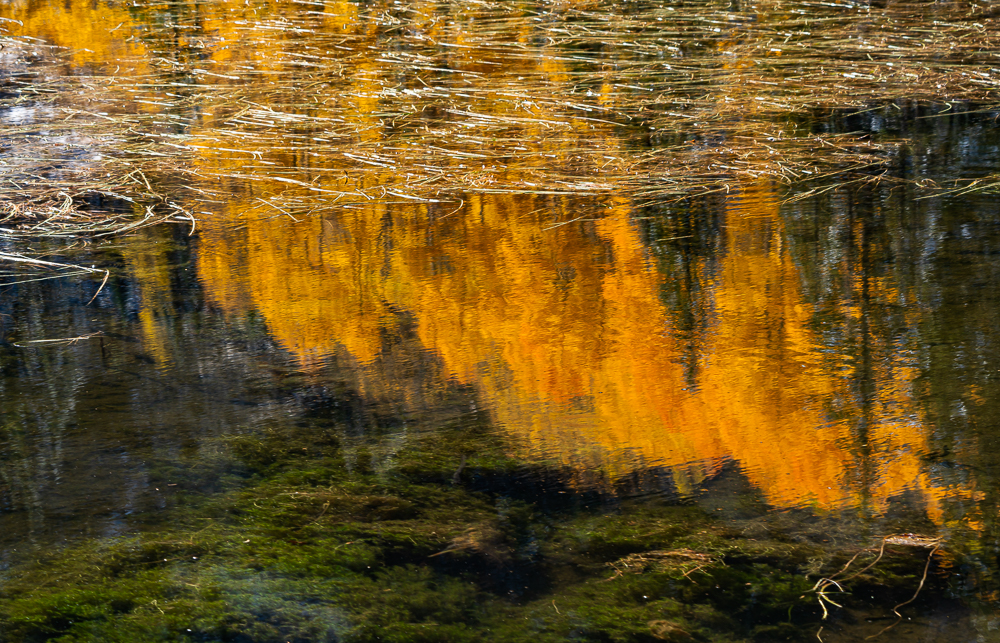
And finally, as many people know, I often like to end articles on a provocative note. The final image was taken of the “Infinity Reflection Room” exhibit at the Eli Broad Art Museum in Los Angeles. It is literally a photograph of many reflections in a dark room approximately 8 feet by 10 feet in size, and lined with mirrors. The artist, Yayoi Kusama strung different sized lights at strategic locations and heights, which are reflected numerous times by opposing mirrors, and also by the shallow layer of water covering the floor over which a small surfboard shaped platform provides a place for the viewer to stand. And then the entry door is closed, while the viewer has one minute to contemplate “Infinity”.
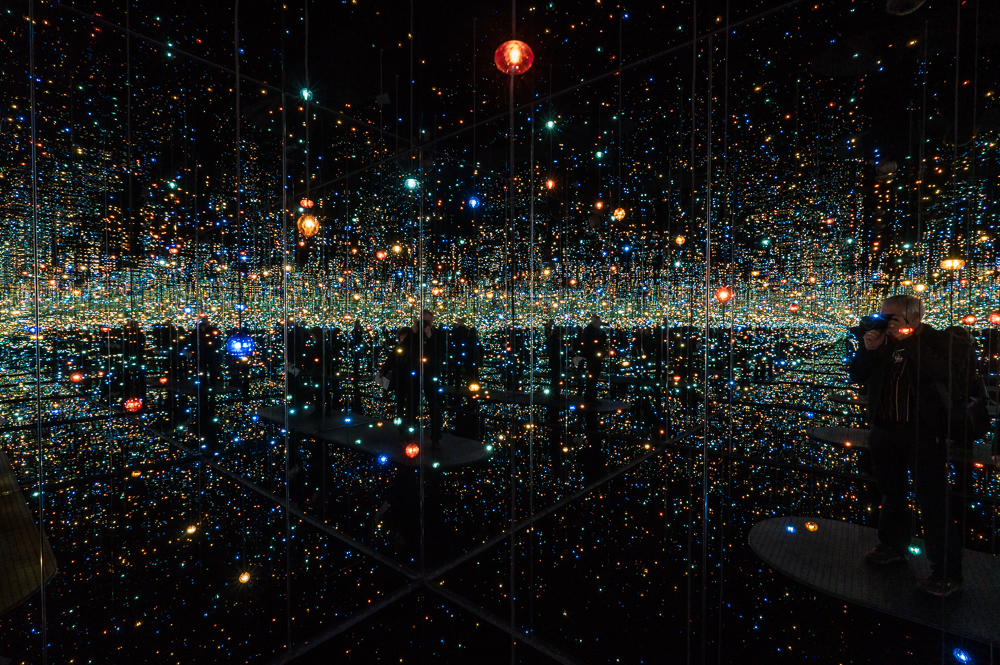
And, in this case, the viewers are my wife and me, who are also reflected at least a dozen times. I’m the one with the camera in front of my face.
Publishers Note: I want to thank Harvey for yet another wonderful article. Harvey’s photography and techniques he shares on PXL I know are really appreciated and loved by our readers.
Harvey Stearn
December 2020
Sedona, AZ
To see the scope and essence of Harvey Stearn's photographic art please visit www.CameraStops.com. Mr. Stearn began photographing Western landscapes and wildlife at the age of 13, spent 50 years pursuing his passion in the field and in the darkroom before fully converting to digital photography in 2002. He developed color prints as well as monochrome, but switched over to digital capture and editing in 2002. Though he was a top executive for two large scale land development and home building corporations, he always found time for his fine art photography which won many awards. His work was exhibited in art museums in Southern California and Arizona, and was also featured in billboard advertisements and published in magazines. Mr. Stearn served on the California Arts Council for nine years, including two years as Chairman and another two as Vice Chairman. In addition, he was the founding Chairman of the John Wayne Airport Arts Commission in Orange County, California. Mr. Stearn’s work was sold through Arizona galleries for 15 years. In recent years he wrote 33 illustrated articles for PhotoPXL.com and 14 articles for Luminous-Landscape.com. In 2013 he published a book entitled “In Search of the Old West” which has been widely acclaimed. He was a guest lecturer on photography on a cruise ship visiting Chile, Argentina, Uruguay and the Falkland Islands. His work was among the top 100 images printed in NANPA's Showcase publications in 2019 and 2020. Images have been edited and selected for two new books on Landscape photography which will be published in late 2024 and early 2025.

